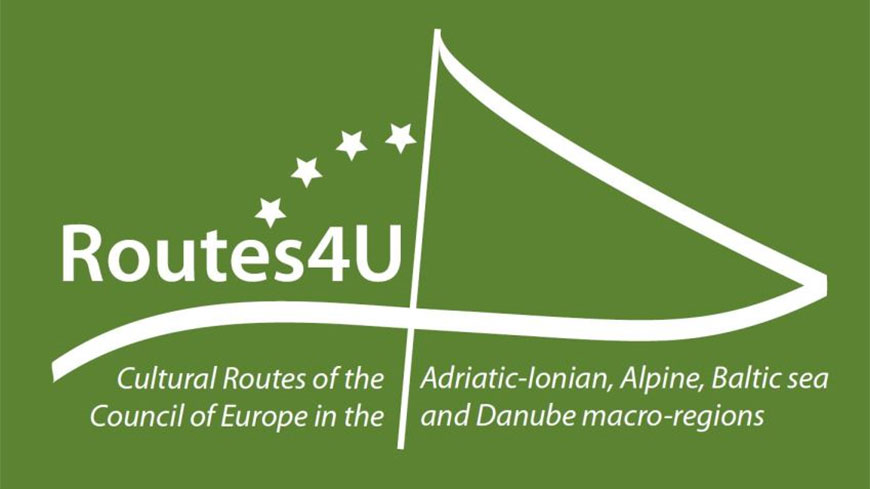Routes4U Grant | Roman Emperors and Danube Wine Route for EUSDR
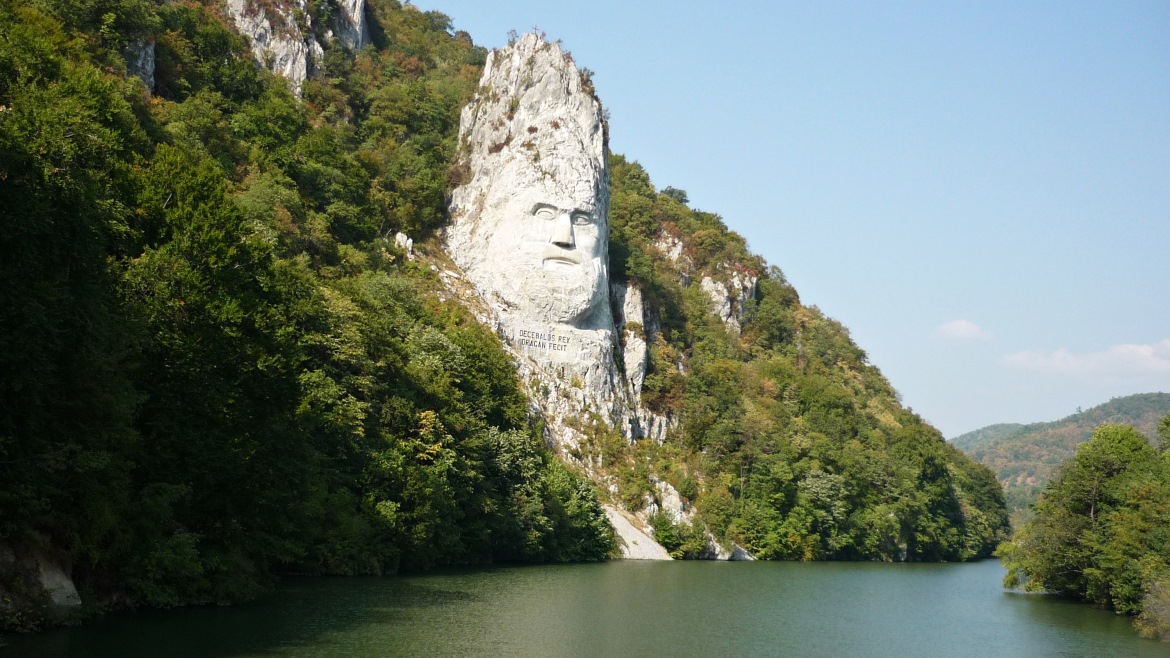
The project focused on the extension of the Roman Emperors and Danube Wine Route in the EU strategy for the Danube Region (EUSDR) and networking between the existing members of the Route and positional Route members giving a holistic approach of the project. Important aspects of the project include networking between SME’s and increasing the tourism value of the Route (contacts between operators and potential sites, visibility to tourists, identification and inclusion of SME’s from Slovenia and Austria into transnational RER & DWR service providers database).
The project increases the competitiveness of the Cultural Route of the Council of Europe by improving its visibility (sites in Bulgaria, Hungary, Croatia) and fosters sustainable growth as well as regional investments in the tourism sector by extending the Cultural Route with new Roman archaeological sites from Slovenia and Austria. This will extend the touristic offer, expand existing itineraries and constitute the base to engage SMEs — providers of tourism services with the Route.
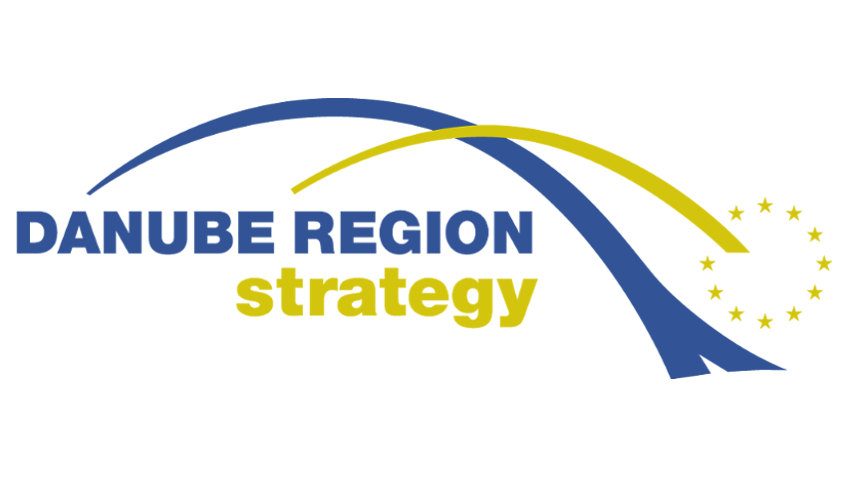 |
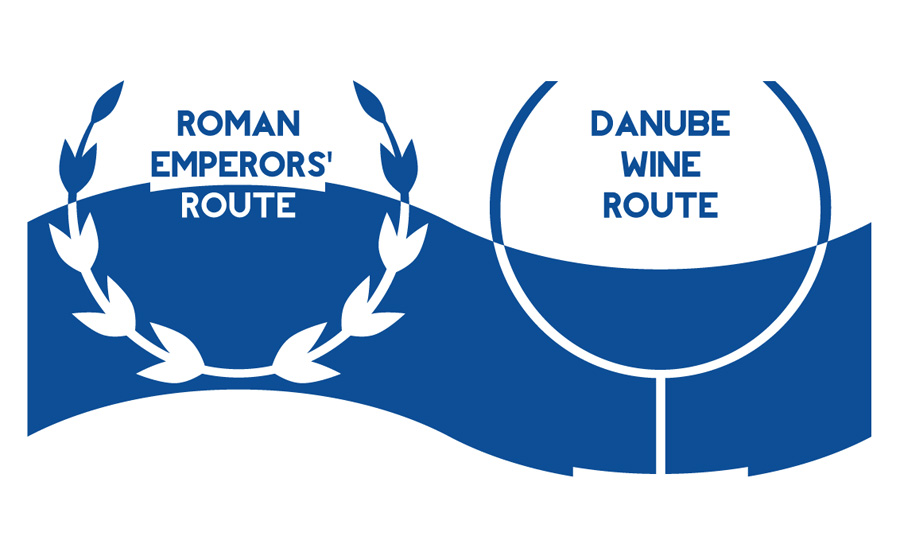 |
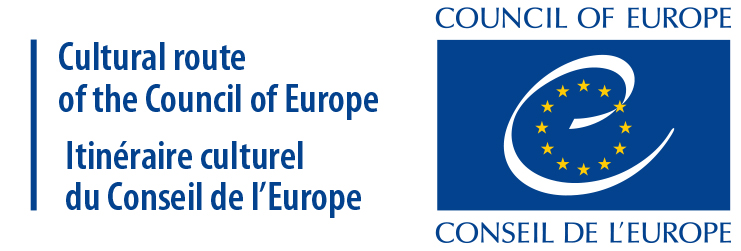 |
Specific objectives
- Stimulate cooperation between cultural institutions, private sector, creative industries operators (CCI actors) and local communities in order to raise visibility and creates new offers along the Roman archaeological sites from Austria and Slovenia;
- Present the shared European heritage of the Roman heritage sites/destinations of Austria and Slovenia as the integral part of the identity of EUSDR;
- Increase the visibility and provide information about the Route to the visitors for the existing sites in Bulgaria, Hungary and Croatia, thus strengthening the Route in EUSDR.
Activities
- Research.
- Mapping of the new potential archaeological sites to be included in the Route;
- Evaluation of the thematic and programme relevance of the new potential archaeological sites to be included in the Cultural Route;
- Product development.
- Field trip and on-site meetings and creation of the tourism inventory list of the potential archaeological sites;
- Final selection of the sites;
- Expansion of the existing tourist itineraries.

